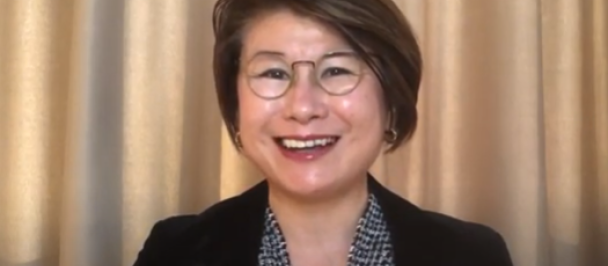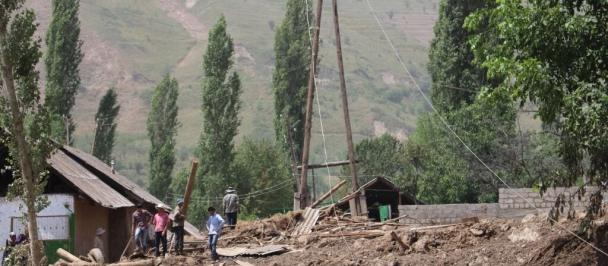Remarks by Asako Osai at the Sixth Global Platform for Disaster Risk Reduction, Geneva
Taking Stock of the Progress in Implementing Sendai Framework
May 16, 2019
Distinguished Delegates, Ladies and Gentlemen.
On behalf of UNDP, it is my great pleasure to address the 2019 Global Platform for Disaster Risk Reduction.
This Global Platform marks a crucial milestone for countries and the international community with less than an year to go until we reach the 2020 deadline of the Sendai Framework Target-E. It also provides a good opportunity to take stock of the progress we have made collectively in implementing other Targets of the Sendai Framework.
The theme of this year’s Global Platform emphasizes the importance of inclusive societies as a prerequisite for achieving long-term sustainability. The trend of growing inequalities has become a major concern, especially for the poorest and most vulnerable members of our societies. Inequality is also a major driver of risk. Therefore, at UNDP we are committed to strengthening inclusive and gender-sensitive approaches in our development, risk reduction and recovery efforts.
UNDP will also remain at the forefront of risk-informed development. Seeing how the efforts by our programme countries to achieve sustainable development have routinely been hampered by disasters and climate impacts, we now have clear evidence that sustainable development will remain elusive unless resilience and risk reduction considerations are fully integrated in development policy, planning and implementation. This notion is not only embedded in the Sendai Framework, but also in the Sustainable Development Goals, the Paris Agreement, as well as the UN Secretary General’s Prevention Agenda. And I am pleased to see that member states have already made great strides in localizing these goals in their national development agendas.
UNDP looks forward to pursuing joint solutions to key challenges in collaboration with our sister UN agencies, partners, and the stakeholders we engage with at all levels of society. We can deliver these solutions, if we focus on three key obstacles. Firstly, the need to increase the financial basis for disaster risk reduction, which despite impressive progress with innovative financing instruments, has not yet reached the required levels. As the cost of disasters today equals all development cooperation, disaster risk reduction is simply put good economics. Secondly, ensuring that disaster risk reduction is effectively taken into consideration in the discussions on the humanitarian-development-peace nexus. And, finally, linked to this is, the need to address disaster risk reduction in tandem with other types of risks such as climate change, conflicts, and epidemics to reduce impacts on human security, sustainable development and community resilience. This comprehensive approach is also the direction we are getting from the UN Common Guidance on Helping Build Resilient Societies.
Ladies and Gentlemen, UNDP is the largest provider in the UN system of climate change adaptation and mitigation support. We also have a considerable portfolio of DRR and recovery programs, including support to 40 countries to align national and local DRR Strategies with the Sendai Frameworks requirements, and an investment of over $2.2 billion since 2005 in support of both Hyogo and Sendai Framework Priorities for Action. We are also fully committed to the United Nations Plan of Action on Disaster Risk Reduction for Resilience.
While considerable progress has been made, a long road lies ahead. UNDP believes that a collaborative, synergistic and partnership-based approach across countries and development contexts will be essential to translate the vision of Sendai into reality.
Thank you.

 Locations
Locations

